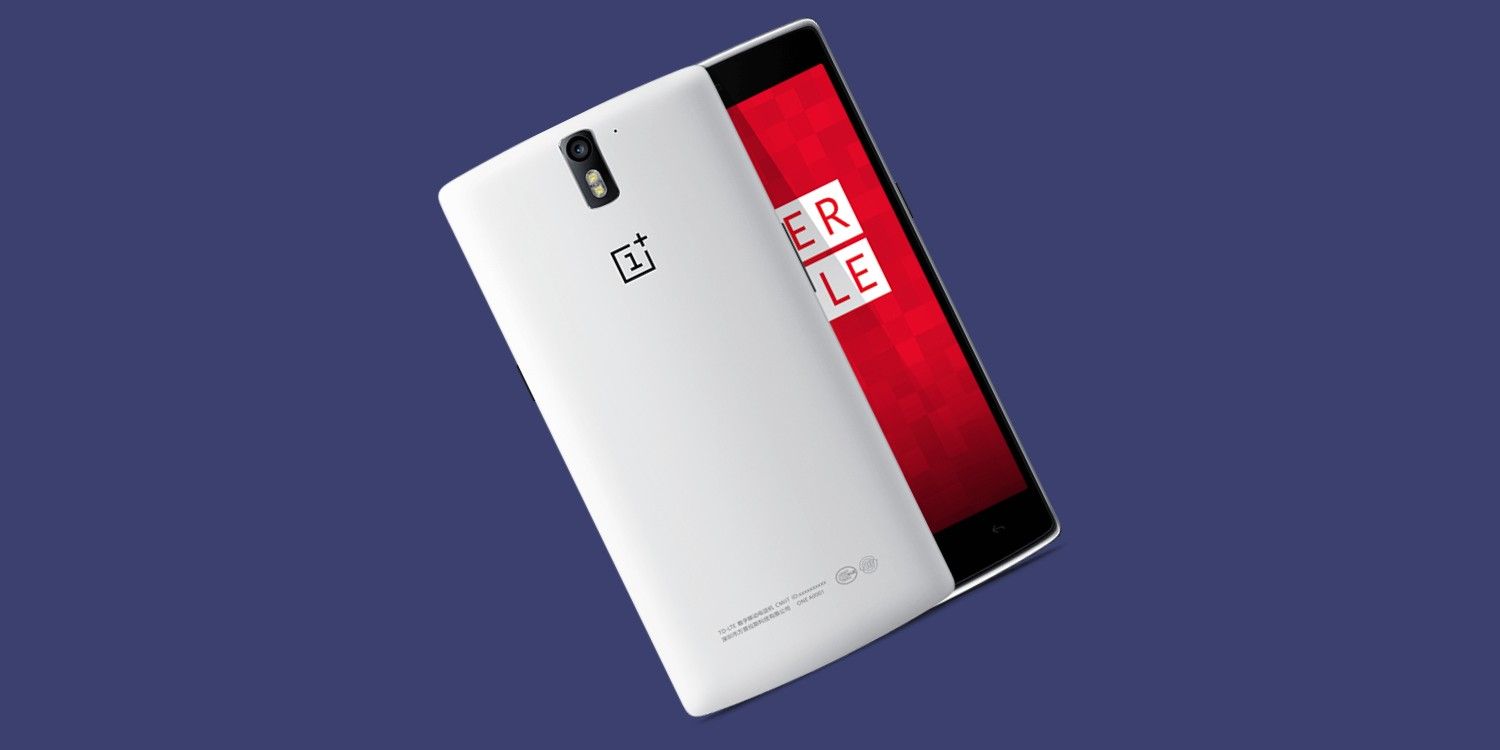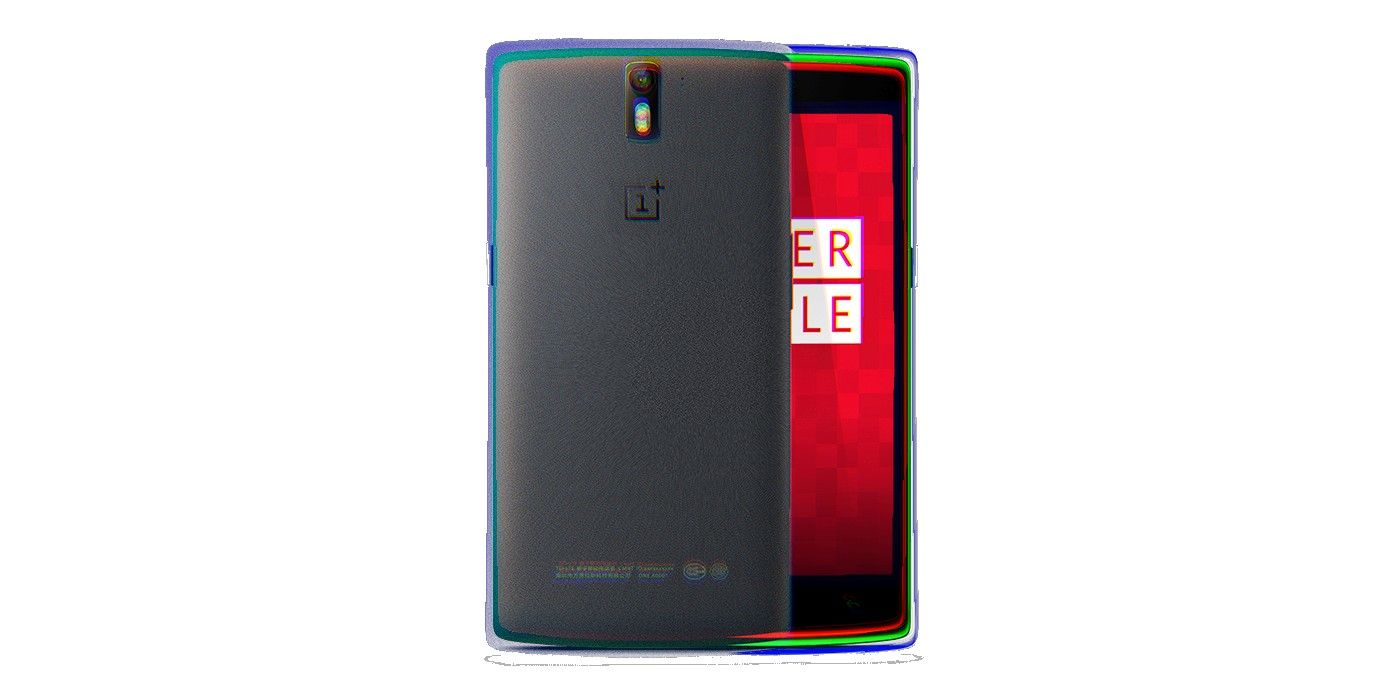While the OnePlus 10 Pro shows how far OnePlus has come over the years, the brand still hasn't been able to replicate the popularity and buzz that surrounded its first smartphone, the OnePlus One. Officially referred to as the "flagship killer", the OnePlus One was so popular that it instantly established OnePlus as a serious contender in the smartphone industry.
OnePlus was founded in 2013 but didn't launch its first phone until the following year. Up until 2019, the brand only released flagships, but that changed in 2020 when it announced its first mid-range smartphone, the OnePlus Nord. Today, OnePlus's product portfolio has expanded beyond smartphones and now includes earphones, wearables, and smart TVs.
The OnePlus One was launched the same year as the Samsung Galaxy S5, Sony Xperia Z2, and the HTC One (M8). While two of those three brands are less relevant in the smartphone space today, at the time, they were among the top Android phone manufacturers. Despite the tough competition, the OnePlus One was able to make a splash in the mobile industry. The answer to how the company was able to pull this off is pretty straightforward - price.
Killer Pricing Meets Great Specs
While flagship phones from Samsung, HTC, and Sony were priced between $600 and $700 in 2014, the OnePlus One stood out with its $299 price and flagship specifications that included a Snapdragon 801 processor and Gorilla Glass 3. Compared to flagships from other brands, it even offered better specifications in some areas. For example, the HTC One (M8) had just 2GB of RAM and up to 32GB of storage, while the OnePlus One had 3GB of RAM and up to 64GB of storage. It could also record videos in 4K, a feature the HTC One (M8) was missing. OnePlus balanced out the hardware with a software experience that offered extensive customizations seen mainly on custom ROMs at the time.
Unfortunately, things have not been the same after OnePlus' first phone. The OnePlus 2 was a misfire with its lack of NFC and less-than-stellar 4K video recording capabilities compared to the OnePlus One. Over time, OnePlus also lost track of its low pricing strategy. Its phones are now far more expensive, with the new OnePlus 10 Pro starting at $899. While OnePlus phones are now easily available across the world, and don't require an invite to be purchased like the OnePlus One did, the competition is priced similarly, if not lower. The software, once a highlight of OnePlus' earlier models, has also now become one of the brand's weakest links.
OnePlus doesn't appear to have any intention of returning to its 'flagship killer' roots, with its business model having evolved beyond trying to challenge the competition. Nowadays, those who want an affordable OnePlus phone have to skip its flagships and consider the mid-range Nord series instead.
Source: OnePlus


